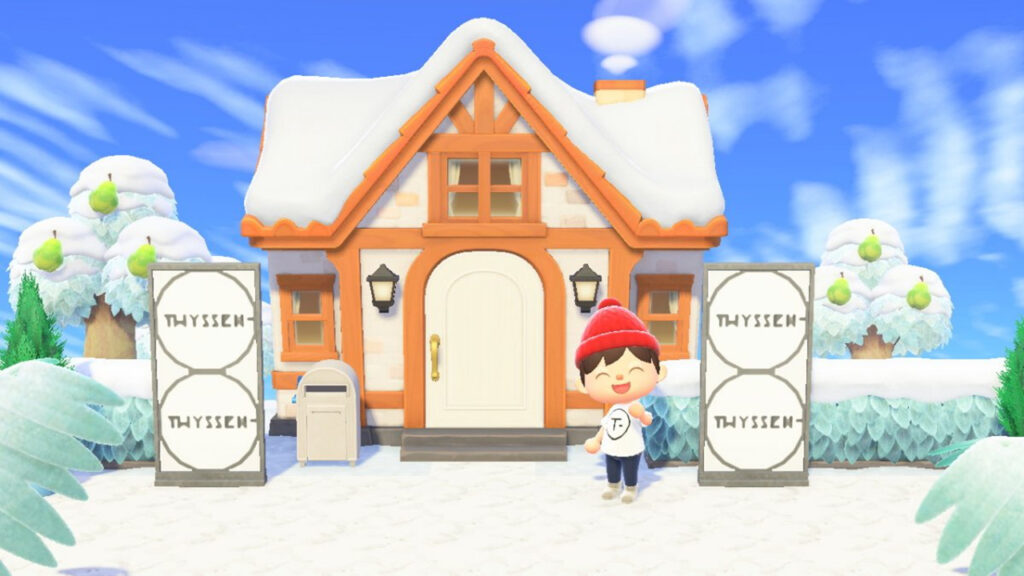In the 28 years since Madrid’s Museo Nacional Thyssen-Bornemisza opened to the public, nothing compares to the disruptions of 2020. In ordinary times, the museum complements the neighboring Prado and Reina Sofia, offering the million or so annual visitors an encyclopedic experience of the European art on offer in the Spanish capital. This year, maintaining 40 percent visitation felt like a miracle, says Managing Director, Evelio Acevedo.
Perhaps due to its relative newness, the Thyssen has long pioneered a bold digital approach, one furthered this year with newly uploaded virtual tours, the hybrid exhibition How to Tread Lightly, and a gallery opening inside the popular Nintendo game Animal Crossing.
In conversation with Jing Culture & Commerce, Acevedo discusses the push to develop a successful online/offline model and why it’s essential for the museum to be an “agent of change in disseminating culture and education.”
How has the pandemic impacted the museum’s audience engagement strategies?
The pandemic has been a huge shock in our ability to fulfill our social mission. It’s necessary to build a hybrid model balanced between physical and digital experiences. It opens great opportunities to serve people’s needs and likes across a broad number of profiles. The most important challenges are financial sustainability and engaging the broadest possible audience.
What steps has the museum taken to build visitor confidence?
Visitor comfort is top of mind. We are complying with the health protocols and integrating them with our own standards. We have two health certifications: Bureau Veritas’ “Global Safe Site COVID-19” and the “Safe Tourism Certified” from the Institute for Tourist Quality in Spain, a Government body. Visitation has fallen dramatically, both internationally and domestically, and mobility in Madrid has been limited. With this in mind, it’s almost a miracle to have maintained an average of 40 percent of visitation.
Across the museum world, how have you seen institutions respond to the pandemic?
At present, still under the pandemic environment, digital strategies have taken a step forward and online remains the dominant strategy. The goal is to set a clear path, and build hybrid on and offline models. Digital is not new for us; we’ve been working on it for some time, but the pandemic has meant an uptick in the beat of change.

In the virtual version of Thyssen-Bornemisza on Animal Crossing, players can download and save works from the museum’s collection. Image: Museo Nacional Thyssen-Bornemisza
Could you expand on Thyssen-Bornemisza’s digital strategy?
Generally speaking, our internet traffic has almost doubled compared to last year. We have seen our international audiences grow markedly, in particular those coming from Latin America, but also from Europe and even Asia. We are trying a little of everything, taking advantage of our digital experience and also listening to experts who can help us expand our programs.
How do you see the digital program growing in the coming year?
Digital campaigns were already a common practice for us, but the new environment has required us to be much more targeted in terms of audience and method of delivery. The truth is we have never had resources to spare, but now that we have less than ever, efficiency is top of mind. We expect this trend to continue and are designing specific digital marketing plans for audiences.
In terms of funding, what are some new opportunities and challenges?
We are an Estate institution and we usually reach up to 60 percent or 70 percent of self-financing. Transforming digitally and creating a hybrid model require a higher volume of funding. We feel a smart partnership policy and working with private companies that can offer expertise, technological support, or marketing looks to be a very convenient framework.
What does the coming year look like for the museum?
Without a doubt, the crisis impacts our whole way of life. Our relationships are changing. Transport, insurance, staff mobility are getting harder to accommodate. Blockbuster exhibitions will become harder to be arranged and exhibitions will have to include more digital contents. But, as I said, we are committed to developing a new hybrid museum model. We want to be an agent of change in terms of disseminating culture and education, and doing our bit in making better people for a better world.



